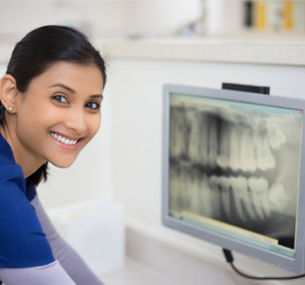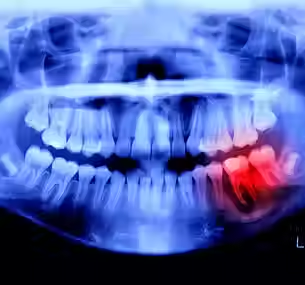Read Dental Health Arcticles
Oral health: A window to your overall health

Like other areas of the body, the mouth is full of germs. Those germs are mostly harmless. But the mouth is the entry to the digestive tract. That's the long tube of organs from the mouth to the anus that food travels through. The mouth also is the entry to the organs that allow breathing, called the respiratory tracts. So sometimes germs in the mouth can lead to disease throughout the body.
The first-ever global oral health conference highlights universal health coverage by 2030

Delegations from over 110 countries are coming together to produce national roadmaps and negotiate a joint declaration on oral health at the first-ever global oral health meeting organized by the World Health Organization (WHO). The declaration is expected to outline collective commitments from Member States to accelerate the implementation of the Global strategy and action plan on oral health 2023–2030
WHO releases Global strategy and action plan on oral health

A new document, Global strategy and action plan on oral health 2023–2030, has been released by the World Health Organization (WHO) containing the complete set of policies that define WHO’s global oral health agenda towards 2030. Together, these policy documents lay out the path to tackle the challenges faced by communities worldwide and make the case for strengthening integration of oral health into noncommunicable disease and universal health coverage benefit packages.
Humans May Be Able to Grow New Teeth Within Just 5 Years

The average adult human body contains 206 bones—the hardened mixtures of calcium, minerals, and collagen that provide the biological scaffolding that walks us through our day. While we may not think of them much, bones are incredibly resilient. But if they do break, they have this nifty trick of regrowing themselves
Principles guiding the restoration of the root-filled tooth

Endodontic treatment is usually required because of significant coronal disease or traumatic tissue loss. The restoration of the subsequently endodontically treated tooth is also complicated by the reduction in its structural strength consequent to accessing the pulp chamber and the removal of radicular dentine during root canal instrumentation, alongside some alteration of dentinal properties during disinfection by chemical agents, prior to obturation.
Vaccination rate and symptoms of long COVID among dental teams in Germany

Although COVID-19 is no longer a global public health threat, its consequences persist, with long COVID affecting at least 10% of patients and manifesting in various organ systems. National and international health agencies promoted vaccination to enhance population immunity, prioritizing healthcare personnel due to their high occupational risk. In a previous study, we found that the risk of SARS-CoV-2 transmission among dental teams in Germany was not higher than in the general population
Interesting Teeth and Dental Facts That Will Surprise You

Your teeth and smile are some of the most appealing parts of your body. Nothing is more welcoming than a bright and clean smile. For over 37% of people, the first thing they notice about a person is their smile, which is why it is paramount to keep those teeth looking healthy. For your entertainment, here are some fun facts about teeth and dentistry that we found fascinating. Let us know which ones surprised you the most.
Interesting Teeth and Dental Facts That Will Surprise You

Most oral health conditions are largely preventable and can be treated in their early stages. Most cases are dental caries (tooth decay), periodontal diseases, tooth loss and oral cancers. Other oral conditions of public health importance are orofacial clefts, noma (severe gangrenous disease starting in the mouth mostly affecting children) and oro-dental trauma.
Debunking Dental Myths: Separating Fact from Fiction

Dental health is surrounded by numerous myths and misconceptions, often leading individuals to make decisions that may not be in the best interest of their oral well-being. In this article, we aim to dispel common dental myths with evidence-based information, providing clarity and promoting informed decisions about oral care.
